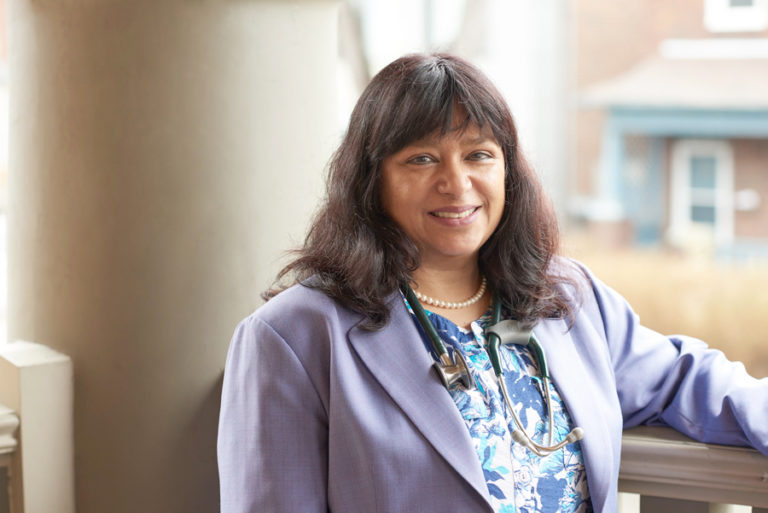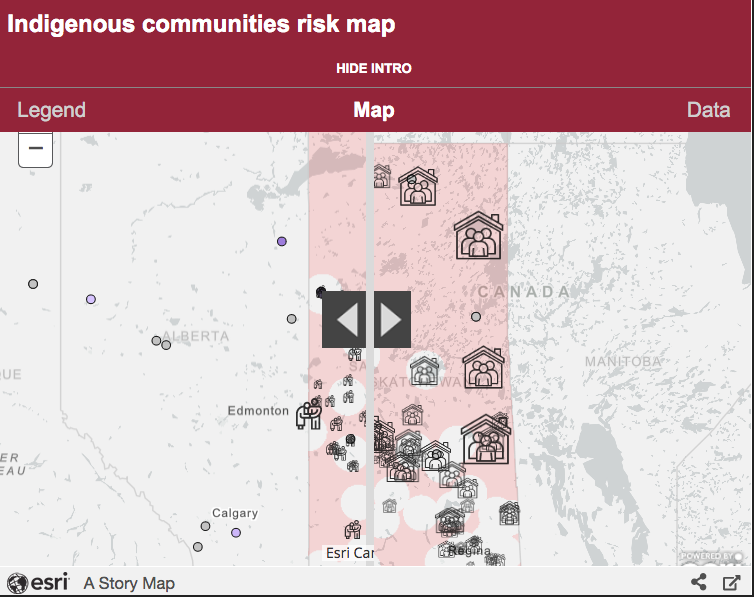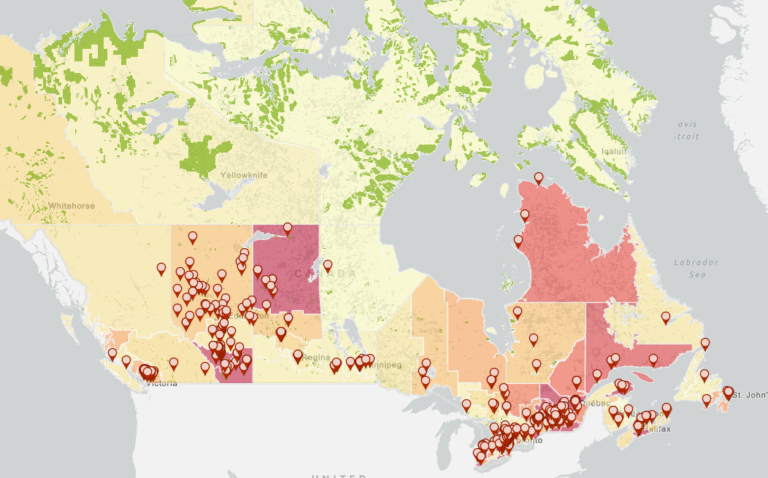Indigenous leaders from across Canada are calling on the federal government to do more to protect Indigenous communities from what they fear could become a deadly and disastrous spread of COVID-19.
Over 52,000 people have signed the petition on change.org, calling on the federal government to plan to avert “catastrophic consequences” should there be further outbreaks in remote Indigenous communities.
The petition’s authors are asking the federal government to recognize the United Nations Declaration on the Rights of Indigenous People (UNDRIP), urgently enhance health care capacity in communities, expand and enhance testing and outbreak control and impose travel restrictions according to individual communities or regions.
High-profile signees include:
• Isadore Day, CEO Bimaadzwin
• Grand Chief Wilton Littlechild, Commissioner Truth and Reconciliation
• Michele Audette, Commissioner MMIWG
• Tony Belcourt, Founding President of the Métis Nation of Ontario
• Grand Chief Alvin Fiddler, Nishnawabe Aski Nation
• Dr. David Suzuki, Science broadcaster and environmental activist
• Jesse Wente, Broadcaster, ED Indigenous Screen Office Grand Chief Southern Chiefs Organization, Manitoba
• Dr. Anna Banerji, Co-chair Indigenous Health Conference (IHC)
• Michele-Elise Burnett President Kakekalanicks LTD, Co-chair IHC
• Allison Deer, Bimaadzwin, Senior Projects Advisor
• Bryan Hendry, Bimaadzwin, Director of Marketing and Communications
• Mae Katt, Primary Health Care Nurse Practitioner
• Angela DeMontigny, Cree/Metis designer
• Kevin Sandy, President Iroquois Lacrosse Program
• Rodney Haring, Director Centre for Indigenous Cancer Research
Dr. Anna Banerji, in addition to co-chairing the Indigenous Health Conference, has extensive experience working with Indigenous communities across Canada. She’s an infectious disease physician and public health specialist, as well as a faculty member at the University of Toronto.
She said health disparities and past experience show how urgent the need is to increase support for Indigenous communities across Canada before COVID-19 can get a foothold.
“When COVID first started, they gave a really small amount of money for Indigenous peoples and we know that already, they are starting with significant health disparities to begin with in terms of housing, food (security), overcrowding and access to health care.”
An investigation involving the Daily Herald, StarPhoenix and Institute for Investigative Journalism found that more than 28 Saskatchewan First Nations are more than 50 km away from a COVID-19 care facility.
Further, it found that four of those communities had a large proportion of its population aged 55 or over and six had at least one-third of its residents living in crowded households, which make it harder to socially distance to prevent the virus’ spread.
In May, some First Nations said they did not have enough PPE, or feared they would run out soon.
Saskatchewan also saw an outbreak in the far north. While the number of Indigenous people who tested positive is not available, Indigenous Services Canada says it knows of 85 on-reserve cases of COVID-19 in Saskatchewan. The only province with more confirmed cases reported by Indigenous Services Canada is Alberta, at 129.
The situation isn’t unique to Saskatchewan.
“These are issues across Canada,” she said. “Some communities are doing really well, but that is by far the exception.”
She cited issues such as access to clean water, overcrowded or insufficient housing and food security.
According to the Council of Canadians, at any given time, there are more than 100 drinking water advisories in First Nations across Canada.
According to the Canadian Institute of Child Health, more than a quarter of on-reserve First Nations people live in crowded homes, a rate that is seven times greater than that of non-Indigenous people. About 43 per cent of First Nations houses on reserve are in need of major repairs.
Banerji said Canada should learn from the H1N1 pandemic.
Despite representing about 4.3 per cent of the population, Indigenous people represented 27.8 per cent of all hospital admissions due to H1N1. Some First Nations in Manitoba asked for help, and instead got body bags.
Banerji’s friend, Isadore Day, said something had to be done.
“We can’t just sit around and wait for COVID to decimate our communities,” Banerji recalled Day saying.
She offered to start a petition.
“Very quickly we had a lot of Indigenous leaders sign-on,” Banerji said.
“They understand the baseline disparities. Throw in a virus on top of that targets the elderly, they could not just lose the elders, but lose a lot of the language, culture, history, traditions, etc. We thought, just like usual, the government is really not recognizing the funding and resources needed in these communities.”
The federal government has announced about $900 million in targeted support for Indigenous communities fighting COVID-19. Banerji said that’s not nearly enough. Now is the time to act, she said, before a second wave, some experts are expecting, spreads through remote communities.
“(Indigenous people) get two-thirds the funding for education, a fraction for social services, less access to health care — it’s really an apartheid system,” she said.
“The fact the government has thrown around billions, just like that, to keep things going, they could fix that (people) don’t have access to clean water. That just isn’t acceptable anymore.”
Banerji said calling it an apartheid system isn’t an exaggeration.
“We expect Indigenous people to live in conditions we wouldn’t accept for ourselves, our family and our loved ones. When you have a system where what you access is determined by race, that’s apartheid. People think that’s an exaggeration, but it’s not.”
Banerji added that many of these concerns and disparities have existed before COVID-19, and the pandemic only adds to the urgency. The authors of the petition know money alone is not enough, which is why they attached a list of specific actions the federal government could take.
“We don’t want to address concerns when there is an outbreak and everybody is dying,” she said.
“We’ve got to do something. We’re done. I, personally am done with this. I see the discrimination.”
The 50,000-plus signatures the petition has gained give Banerji hope that more people are coming to terms with systemic racism faced by Indigenous people living in Canada.
“These are longstanding health issues that more and more Canadians just don’t feel are right. To me, and to all of us, these are human rights violations.”
The petition was started weeks ago but recently began to pick up steam, including being noticed by the federal government.
Banerji said Indigenous Services Canada seems to be receptive to the petition and has begun to respond to some degree. But she, and the authors of the petition, would like to see a publicly-available strategic plan that outlines what the federal government hopes to do.
“(Trudeau says) there’s no more important relationship than that with Indigenous peoples. His actions don’t show it. You have to start fixing the playing field. More and more Canadians are disgusted by the disparities as more become aware of them. These are not the values we have in Canada.”
Confirmed cases of COVID-19 in First Nations communities in provinces, as of July 15:
• 351 confirmed positive cases of COVID-19
• 30 hospitalizations
• 312 recovered cases
• Six deaths
By region:
• BC – 42
• Alberta – 129
• Saskatchewan – 85
• Ontario – 60
• Quebec – 35
Project Pandemic: Canada Reports on COVID-19 is coordinated by Concordia University’s Institute for Investigative Journalism, with the support of the Canadian Association of Journalists. For more information, please visit projectpandemic.concordia.ca.



